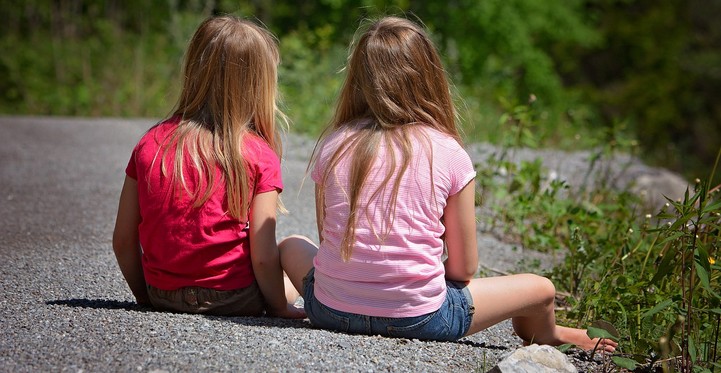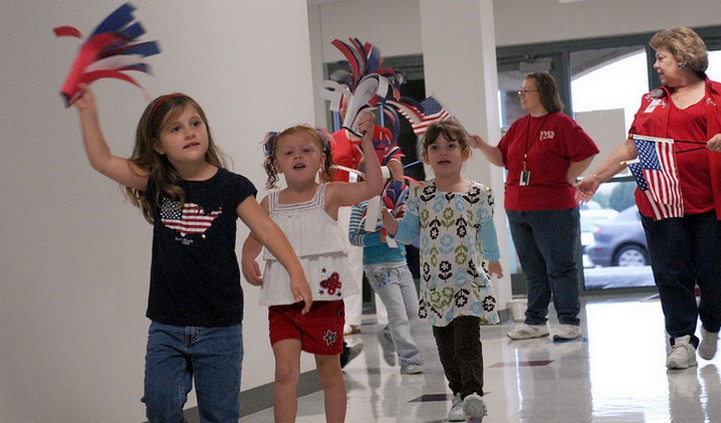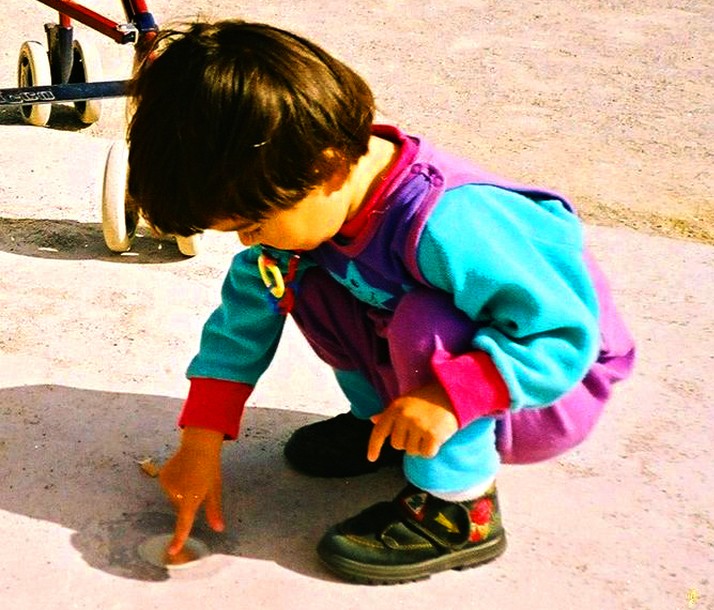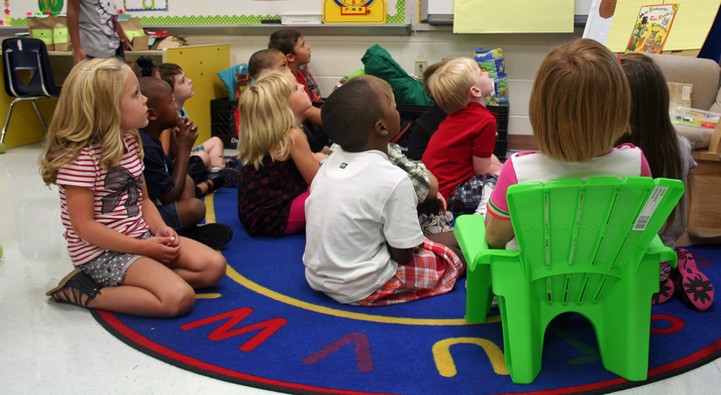
Learning to use the toilet is an important milestone for young children. Child care providers and parents need to work together to decide when a toddler is ready to learn how to use the toilet. Here are some things child care providers should keep in mind as toddlers approach this important milestone:
- Toilet learning is a process. Many parents and child care providers get impatient for the child to give up diapers and use the toilet. Be patient — learning








